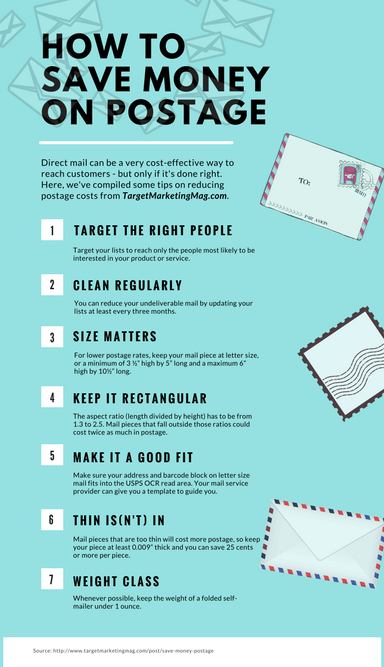What if you could pull the web page you’re currently viewing out from your computer screen and drop it in the air simply by putting on a pair of glasses? At CES 2018 – the world’s largest annual consumer technology show – this (made possible by Magic Leap One), as well as robots, voice assistants and connected cities, were all made entirely possible, leading consumers and analysts to speculate:
Could 2018 be the year of AR?
Augmented reality (AR) has received a lot of hype over the last decade or so. Not only does it allow users to lay visual data over their natural environment, but it allows marketers to create immersive, multi-sensory interactions with the brands they represent.
Throughout 2017, companies like Walmart and Sephora dipped their proverbial toes into the AR and VR pool. For instance, home furnishing giant IKEA released Place, an app that makes it possible for shoppers to see how IKEA furniture might look in their own living spaces prior to purchase. And Ford revealed that its engineers and designers use Microsoft HoloLens to overlay holograms of design concepts over models of vehicles, aiding them in designing cars.
Now, as we move farther into 2018, it seems like AR and VR have continued to gain traction with brands. But why?
Businesses are responding to disruption.
Have you ever taken an Uber? Stayed at an Airbnb? Or watched a movie on Netflix? Even if you weren’t aware of it at the time, all of these brands are participating in what marketers these days refer to as “disruption”; they’re shaking up the industry.
So, it should be no surprise the AR and VR have taken hold in so many industries. In retail, for example, as brands continue to compete against online marketplaces like Amazon, using VR and AR to train employees, expand the experience of your product and create an emotional connection with your brand have become so important.
Businesses can scale the advantages of AR and VR.
The introduction of inexpensive VR headsets and greater access to AR capabilities has made it possible for brands to deliver the ultimate interactive experience to consumers, allowing them to literally walk a mile in someone else’s shoes – without breaking the bank. Our SleekPeeks, for instance, are fully customizable viewers that ship flat and take seconds to assemble.
Clients have already included them in a magazine as part of their ad, sent them in the mail alongside a promotion and used them as handouts at trade shows.
Development tools are enabling enterprises.
Heard of Apple’s ARKit. How about Facebook-owned Oculus? With so many development tools at our fingertips, it’s becoming easier for brands and, by default, marketers to incorporate AR and VR into their marketing campaigns. Here at Structural Graphics, we’ve developed customized, cost-effective designs for companies like Stryker Diagnostics, USPS and Porsche.
Combine AR and VR technology with one of our high impact designs, and you’ve delivered a larger-than-life brand experience for your customers!
Click here to see our full Virtual Reality offering and click here to read more about our Augmented Reality capabilities.
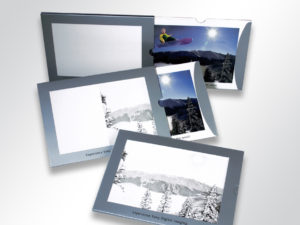
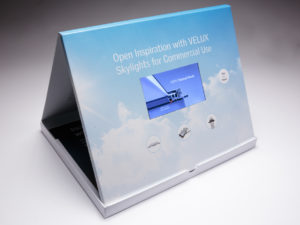
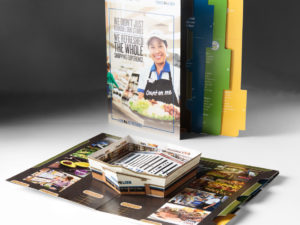
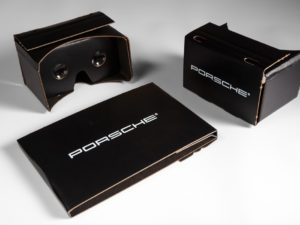
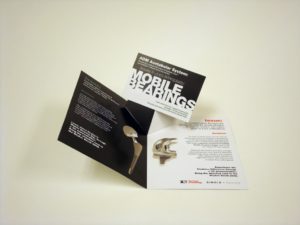
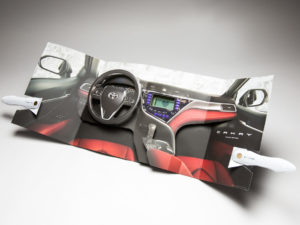
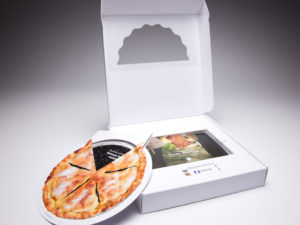
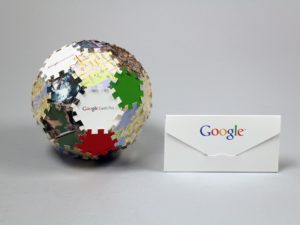
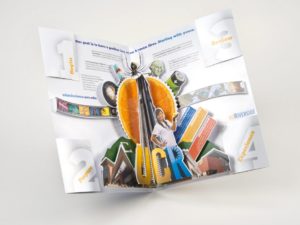
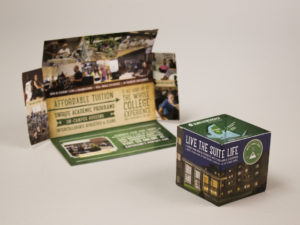 Our flat-cube is one of our most dynamic and exciting designs because of its ability to immediately make an impact with recipients. This one was used by
Our flat-cube is one of our most dynamic and exciting designs because of its ability to immediately make an impact with recipients. This one was used by 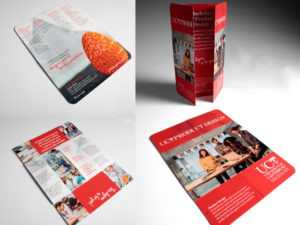
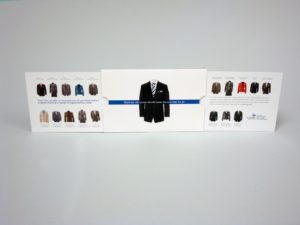 This clever Extendo mailer went out to prospective MBA students from the
This clever Extendo mailer went out to prospective MBA students from the 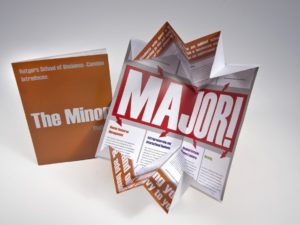
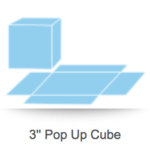
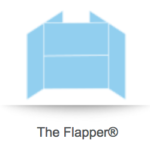
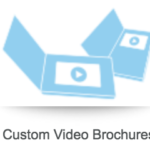
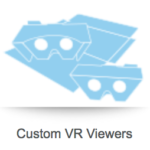
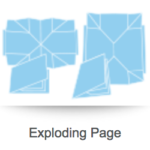
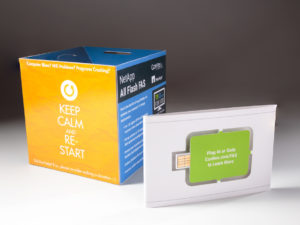
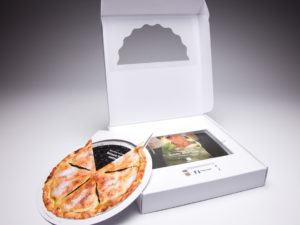
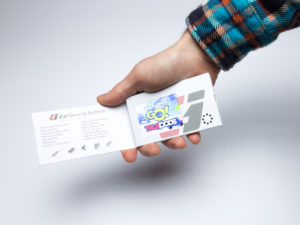 From Facebook and online ads, to YouTube and digital video, businesses have long had to compete with with the waning attention spans of their audience in the marketing arena. However, a newer technology offered by Structural Graphics and its online division, Red Paper Plane, might’ve just found that sweet spot.
From Facebook and online ads, to YouTube and digital video, businesses have long had to compete with with the waning attention spans of their audience in the marketing arena. However, a newer technology offered by Structural Graphics and its online division, Red Paper Plane, might’ve just found that sweet spot. But, just because your print piece has a video, it doesn’t mean that will guarantee its success. Design, message, packaging and production values contribute to the overall experience your customer or prospect has about your business. Here at Structural Graphics, we craft our Video in Print brochures by way of a high-tech, high-touch production process, allowing you to press proof your piece before shipping from one of our North American facilities.
But, just because your print piece has a video, it doesn’t mean that will guarantee its success. Design, message, packaging and production values contribute to the overall experience your customer or prospect has about your business. Here at Structural Graphics, we craft our Video in Print brochures by way of a high-tech, high-touch production process, allowing you to press proof your piece before shipping from one of our North American facilities.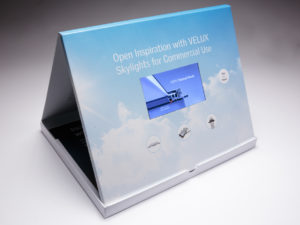 Not all Video in Print players are created equal. Speakers, video screen, battery packs and wiring can vary greatly in quality. Ensure your supplier uses top quality components and has a thorough quality control in place. We proudly have a 10-year relationship with our Video in Print player supplier.
Not all Video in Print players are created equal. Speakers, video screen, battery packs and wiring can vary greatly in quality. Ensure your supplier uses top quality components and has a thorough quality control in place. We proudly have a 10-year relationship with our Video in Print player supplier.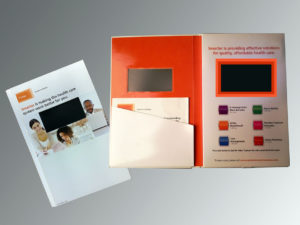 The power is in the playback. Make sure you choose the right file formats and the right settings for your video playback. We typically recommend a MP4, MOV, AVI or WMV video file format and a sound level of 75 to 80 dB. Also, double check that your supplier includes a USB cable for recharging the video brochure.
The power is in the playback. Make sure you choose the right file formats and the right settings for your video playback. We typically recommend a MP4, MOV, AVI or WMV video file format and a sound level of 75 to 80 dB. Also, double check that your supplier includes a USB cable for recharging the video brochure.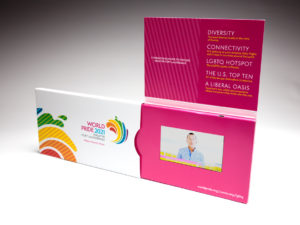 Short and sweet can’t be beat. Again, keep your audience’s attention span in mind. Video is a great way to deliver a 30 to 60 second message, but anything longer than that and you might want to consider breaking it into individual video “chapters”. Don’t forget the call to action so you can track responses.
Short and sweet can’t be beat. Again, keep your audience’s attention span in mind. Video is a great way to deliver a 30 to 60 second message, but anything longer than that and you might want to consider breaking it into individual video “chapters”. Don’t forget the call to action so you can track responses.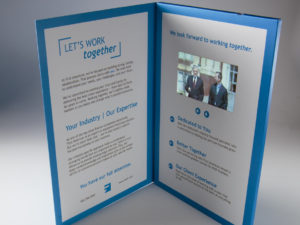 Source global, but inspect and ship local. Because Video in Print players are sourced almost exclusively from the far East, they’re often powered down to 30 percent of rated capacity to meet International Air Traffic Association regulations. This can negatively impact playback quality. At Structural Graphics, we fully re-charge our batteries, then ship them to our customers. Our battery configuration is approved by the US Post Office and is CE ROHS certified, which means that our product has met the standards for consumer safety, health and environmental requirements in the U.S. and Europe.
Source global, but inspect and ship local. Because Video in Print players are sourced almost exclusively from the far East, they’re often powered down to 30 percent of rated capacity to meet International Air Traffic Association regulations. This can negatively impact playback quality. At Structural Graphics, we fully re-charge our batteries, then ship them to our customers. Our battery configuration is approved by the US Post Office and is CE ROHS certified, which means that our product has met the standards for consumer safety, health and environmental requirements in the U.S. and Europe.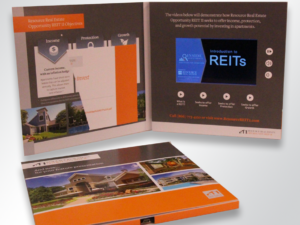 Experience, there’s no substitute for it. For more than 40 years, Structural Graphics has designed, produced and engineered unique, interactive print communications for some of the top companies in the world. Simply put, we know print.
Experience, there’s no substitute for it. For more than 40 years, Structural Graphics has designed, produced and engineered unique, interactive print communications for some of the top companies in the world. Simply put, we know print.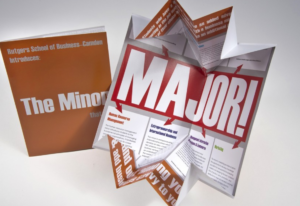 Take
Take 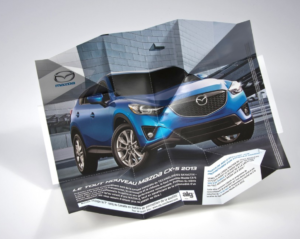 And how about
And how about 